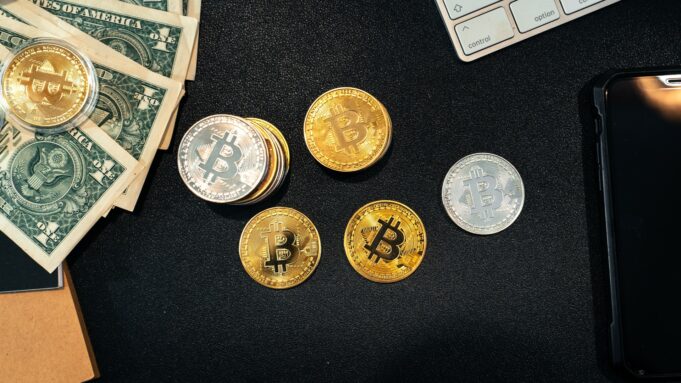Bitcoin mining is the process of adding new transactions to the blockchain, which is a decentralized ledger of all Bitcoin transactions. The miners are rewarded with new Bitcoins for their efforts in maintaining the blockchain. But who pays for these rewards? In this article, we will explore the economics behind Bitcoin mining rewards and who foots the bill.
Bitcoin mining rewards are paid out in two ways: block rewards and transaction fees. Block rewards are the newly created Bitcoins that are given to miners for every block they add to the blockchain. The block reward is currently 6.25 Bitcoins per block, and it is halved every 210,000 blocks. This means that the block reward will decrease to 3.125 Bitcoins in the next halving, which is expected to occur in 2024.
Transaction fees are the fees paid by users to have their transactions included in the blockchain. Miners prioritize transactions with higher fees, as they want to maximize their earnings. Transaction fees are not mandatory, but users who want their transactions to be processed quickly often pay a fee to incentivize miners to include their transactions.
So, who pays for these rewards? The simple answer is that no one pays for them. Bitcoin mining rewards are created out of thin air. When a miner successfully adds a block to the blockchain, new Bitcoins are created and added to the total supply. This is how the Bitcoin supply increases over time.
The Bitcoin protocol is designed to have a finite supply of 21 million Bitcoins. This means that once all the Bitcoins have been mined, there will be no new Bitcoins created. The current supply of Bitcoin is around 18.7 million, which means that there are only 2.3 million Bitcoins left to be mined.
As the supply of new Bitcoins decreases over time, the block rewards will become less significant, and transaction fees will become more important. This is because miners will rely more on transaction fees to sustain their operations. Once all the Bitcoins have been mined, miners will rely solely on transaction fees to earn revenue.
So, while no one pays for Bitcoin mining rewards, miners do incur costs to maintain the blockchain. These costs include hardware, electricity, and maintenance. The cost of mining varies depending on the price of electricity and the efficiency of the mining equipment. In some countries, where electricity is cheap, mining can be profitable even with low Bitcoin prices. In other countries, where electricity is expensive, mining may not be profitable even with high Bitcoin prices.
The cost of mining is also affected by the difficulty of the mining process. The difficulty of mining is adjusted every 2016 blocks to ensure that the average time between blocks is 10 minutes. If more miners join the network, the difficulty increases, and if miners leave the network, the difficulty decreases. This is done to ensure that the block time remains consistent and that the blockchain remains secure.
In conclusion, Bitcoin mining rewards are created out of thin air, and no one pays for them. The rewards are used to incentivize miners to maintain the blockchain and add new transactions to the ledger. As the supply of new Bitcoins decreases over time, miners will rely more on transaction fees to sustain their operations. While no one pays for mining rewards, miners do incur costs to maintain the blockchain, including hardware, electricity, and maintenance. The cost of mining varies depending on the price of electricity and the efficiency of the mining equipment. The difficulty of mining is also adjusted to ensure that the blockchain remains secure.

























